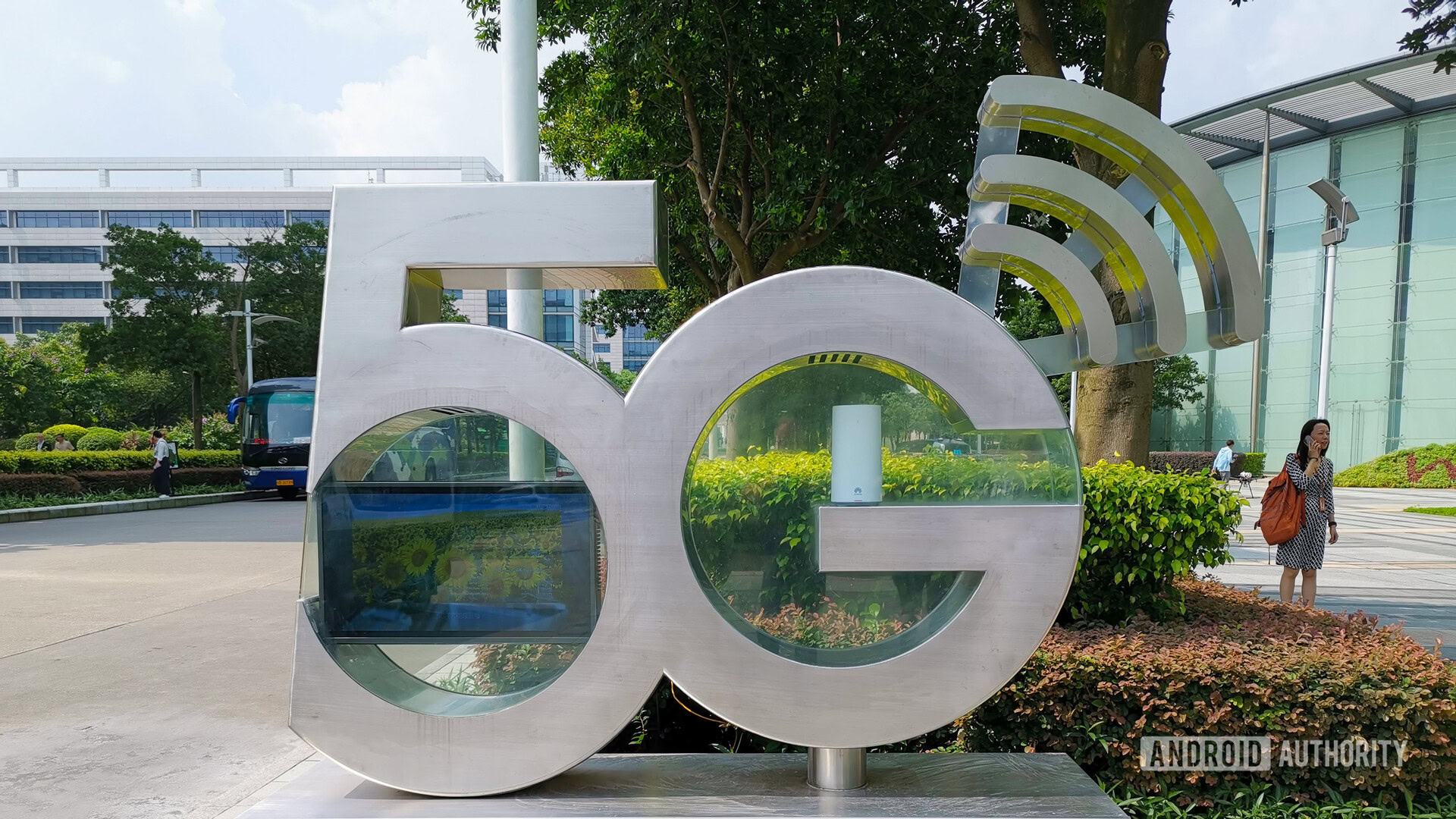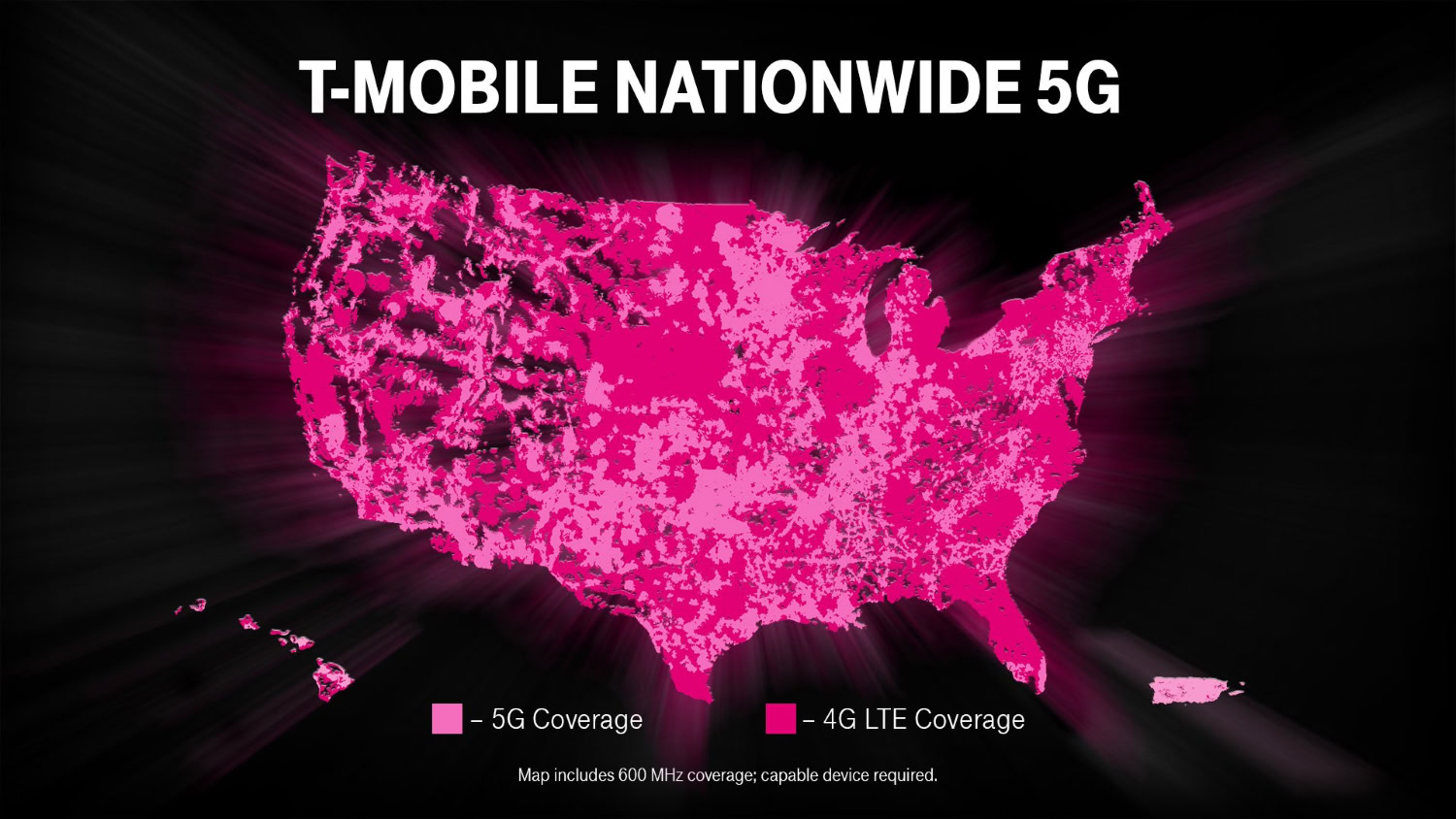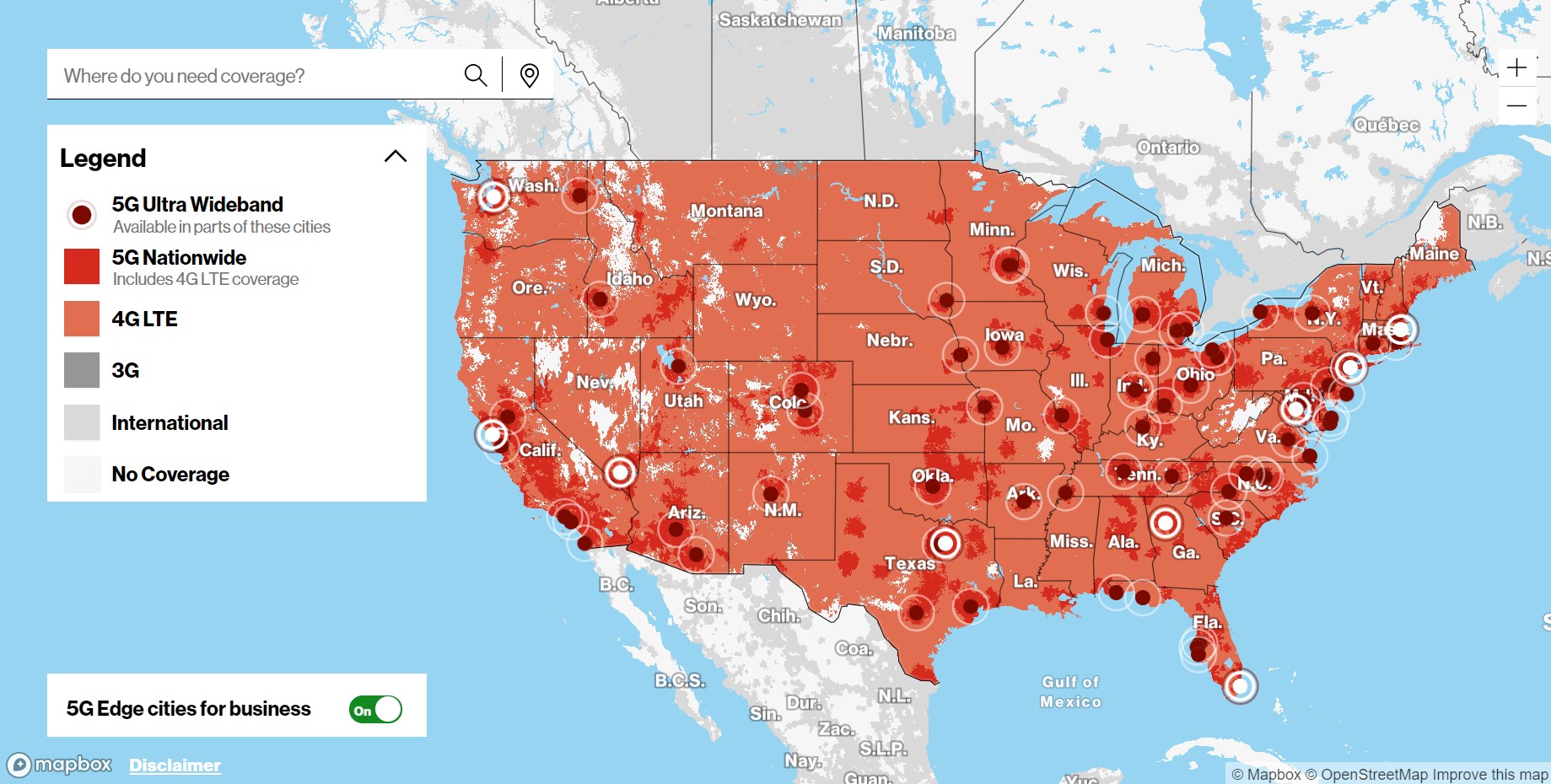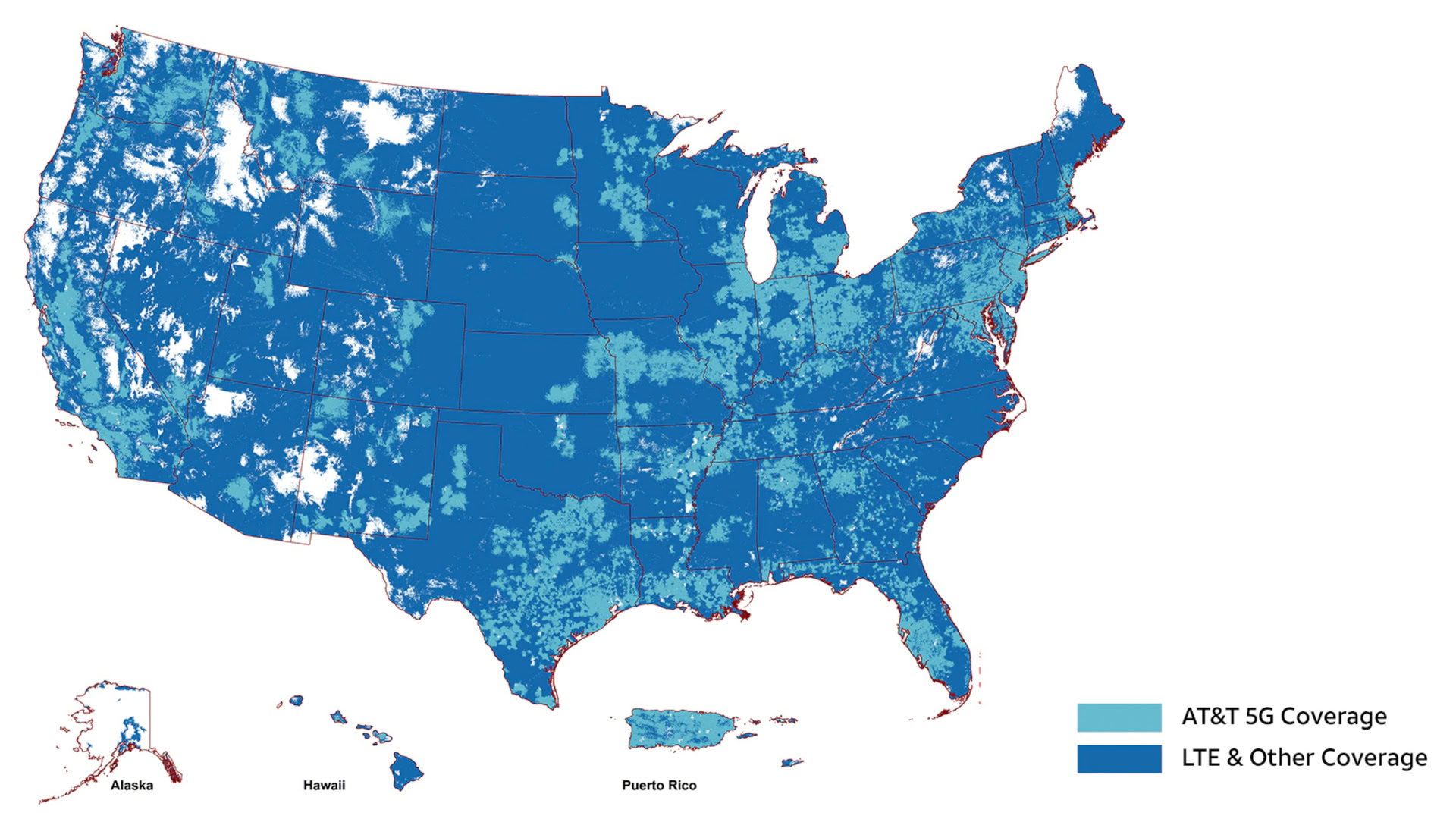Affiliate links on Android Authority may earn us a commission. Learn more.
Where is 5G available in the US?

America’s race for the best 5G network is in full swing, and it can be tough to tell who’s winning. The big three like to boast about their interactive maps, but the marathon is nowhere near over. If you’re trying to decide between Verizon, T-Mobile, and AT&T, here’s our in-depth look at where 5G is available in the US.
See also: The best 5G phones you can buy right now
First and foremost, the US is a huge country. As a result, 5G is a long way from being a nationwide option on every carrier. With that in mind, let’s break down the three main coverage maps to find your best bet.
T-Mobile’s 5G map

T-Mobile is currently leading in the 5G race, thanks in no small part to the merger with Sprint. As a result, T-Mobile also has the nicest-looking coverage map to show off its nationwide network. However, there are actually two 5G networks at play — one that covers nearly 5,000 cities and 200 million Americans and a millimeter-wave network that’s only available in parts of the country.
Although the top-end 5G coverage initially launched in just six cities, T-Mobile now boasts a network of more than 200 connected locations. It’s tough to track down exactly where you’ll find the signal, but most major cities should see the benefits.
The reason for the two different coverage maps is that T-Mobile is relying on two separate technologies. It uses Band 71 — its 600MHz spectrum for nationwide coverage because it’s more effective at penetrating buildings and covering long distances. The mmWave technology, as mentioned above, can’t reach as far, but it’s a faster option than Band 71.
Learn more: The best T-Mobile plans
The Un-Carrier likes to think of its 5G rollout as a layer cake, which means different tiers for different regions. In addition to the far-reaching setup and mmWave technology, T-Mobile is launching mid-band coverage in smaller cities nationwide. It’s recently added access in parts of Maryland, Delaware, Illinois, and more. However, you’ll have to dig into the interactive map for the full picture.
You can also tap into T-Mobile’s 5G network on carriers including Mint Mobile, Google Fi, and more.
Verizon’s 5G map

As compared with T-Mobile’s coverage, Verizon’s map looks rather bare. However, this is partially explained by the fact that Verizon started with mmWave technology. Overall, it means that Verizon is a good option for peak speeds, but it won’t be nearly as effective in buildings. So far, Verizon’s mmWave 5G map includes 60 major cities, which you can find below.
Learn more: The best Verizon plans
Big Red also recently launched its Nationwide 5G map, which brings a further-reaching connection to much of the country. Select American cities are also eligible for 5G Edge, though it currently serves as a cloud service available for business partners.
You’ll also find Verizon’s 5G network on MVNOs like Visible and US Mobile.
- Akron
- Albuquerque
- Anaheim
- Ann Arbor
- Arlington (TX)
- Atlanta
- Baltimore
- Boise
- Boston
- Charlotte
- Chicago
- Cincinnati
- Cleveland
- Colorado Springs
- Columbia
- Columbus
- Dallas
- Denver
- Des Moines
- Detroit
- Durham
- Grand Rapids
- Greensboro
- Fort Wayne
- Hampton Roads
- Hartford
- Hoboken
- Houston
- Indianapolis
- Jersey City
- Kansas City
- Knoxville
- Little Rock
- Los Angeles
- Memphis
- Miami
- Milwaukee
- Minneapolis
- Nashville
- New York City
- Oklahoma City
- Omaha
- Panama City
- Pensacola
- Philadelphia
- Phoenix
- Providence
- Raleigh
- Richmond
- Sacramento
- Salt Lake City
- San Diego
- San Francisco
- Sarasota
- Seattle
- Sioux Falls
- Spokane
- St. Louis
- St. Paul
- St. Petersburg
- Syracuse
- Tampa
- Tuscon
- Washington D.C.
While mmWave 5G isn’t necessarily available throughout all of the cities listed, you can check out Verizon’s interactive map right here. It offers a full breakdown of the Nationwide 5G coverage you can expect anywhere in the United States.
AT&T’s 5G map
Finally, we have AT&T. Like T-Mobile, AT&T is using two different technologies to provide coverage — an 850Hz network for far-reaching coverage and a mmWave network for power and speed. AT&T’s mmWave network goes by the name 5G Plus, and it’s faster, but you’ll struggle to make the most of it indoors.
See also: The best AT&T plans, perks, and more
AT&T offers one of the best breakdowns of city-by-city coverage, with signals in parts of 46 states. AT&T no longer offers service in Puerto Rico, as the carrier agreed to sell its local coverage to Liberty. Here are the select cities that support 5G Plus for the highest speeds:
- AZ: Phoenix
- CA: Los Angeles, Menlo Park, Oakland, Redwood City, San Bruno, San Diego, San Francisco, San Jose, West Hollywood
- FL: Jacksonville, Miami, Miami Gardens, Orlando
- GA: Atlanta
- IN: Indianapolis
- KY: Louisville
- LA: New Orleans
- MD: Baltimore, Ocean City
- MI: Detroit
- NC: Charlotte, Raleigh
- NV: Las Vegas
- NY: New York City
- OH: Cleveland
- OK: Oklahoma City
- PA: King of Prussia, Philadelphia
- TN: Nashville
- TX: Austin, Dallas, Houston, San Antonio, Waco
You can also head over to AT&T’s 5G page for a more accurate map of where coverage is available in each city. Carriers that rely on AT&T for service include Cricket Wireless, Straight Talk, and more.
